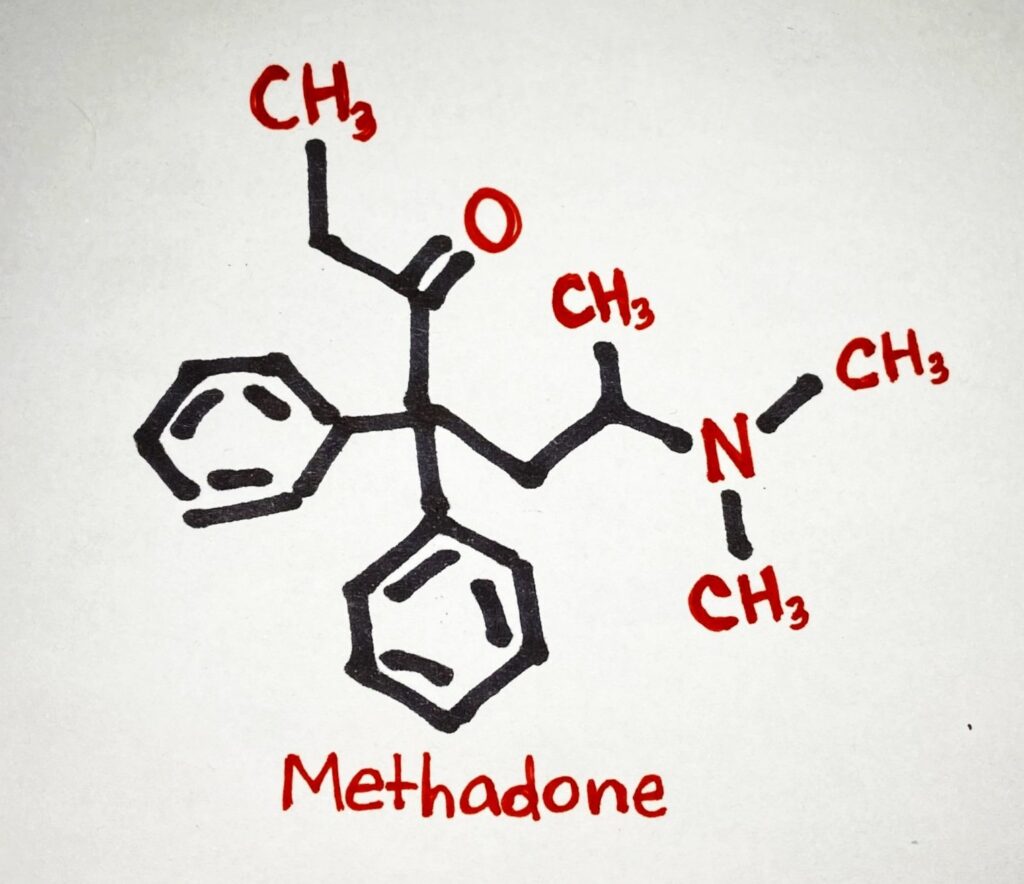Alternatives to Net Metering: A pathway to decentralized electricity markets
The traditional regulated monopoly model for electric utilities is outdated and limits both innovation and product and service development in the power sector. One current example is the regulatory treatment of distributed energy resources (DERs). DERs are onsite energy sources that draw from any number of resources, including solar photovoltaics (PV), small wind, biogas and batteries. The crucial feature of these assets is that they are located on-site at homes or businesses. DERs create new types of operators in power markets who both purchase electricity from the grid and generate power from their own sources. These operators – who include industrial, commercial and residential customers – are referred to as customer-generators.
At times, customer-generators generate more electricity from DERs than they use. In 46 states and the District of Columbia, this excess energy can be sold back to the utility, which then will make the power available to other customers through a process called net metering. Net-metering regulations have been implemented since the 1970s to encourage renewable DERs, in part because they were simple to process, given non-digital metering. As more residential customers adopt DERs and receive payments through net metering, their increasing heterogeneity is exposing the tensions of attempting to integrate them into a regulatory framework designed for large-scale central power generation. That framework makes disentangling the economic and political effects of DER costs and benefits difficult. DERs impose costs by using the distribution network when DER owners sell excess generation; they also confer benefits when they provide voltage and frequency regulation and other grid services to the network.
Reliance on net metering has driven recent controversies in several states, but the problems of net metering are structural problems of rate design. Net metering’s administratively determined prices fail to incorporate the local knowledge that would be reflected in market responses to price signals or changes in prices as system conditions change. Net-metering rates also obscure cross-subsidies inherent in traditional utility regulation, which often reveal themselves when new technologies change the energy-market opportunities that are of interest to consumers.
As DER technologies become more energy efficient, economical and attractive to residential customers, what is the appropriate rate structure for distribution-grid services? How can changes to rate design capture the opportunities available for DERs to generate electricity and provide other services outside of a regulated model? Open, competitive retail markets with low entry barriers to producers and consumers (and customer-generators) at a range of scales create those opportunities. A business model for the distribution utility as a market and distribution platform that connects them, and that procures resources for grid services through market transactions, would enable such value creation.
This paper analyzes the DER experience in the residential sector and suggests an alternative to current policy: open, transparent retail markets around the edge of a distribution platform, paying a grid-services charge to a distributionwires-platform company. The paper also proposes a framework to develop an appropriate grid-services charge for customer-generators and analyzes case studies to apply that framework and derive lessons for policymakers.









